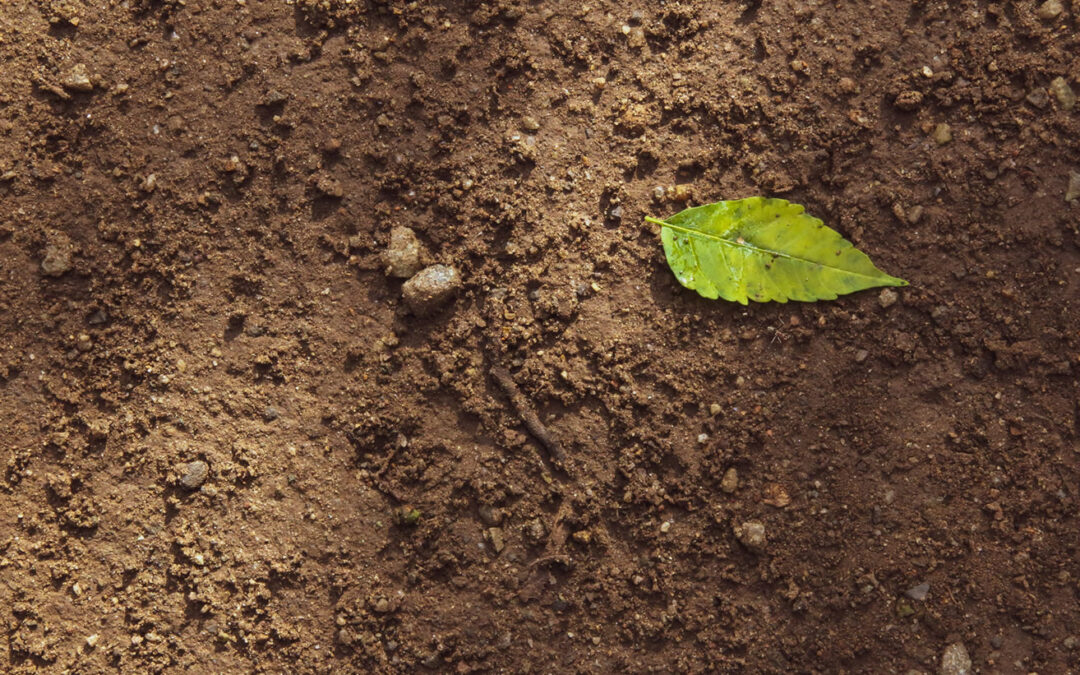Your soil is more intricate than you may think. To keep your lawn healthy, your soil must have the right soil composition and pH levels. What do these two concepts mean? How do they affect a lawn overall? MowTown Blades has shared a guide to help you understand these concepts. We’ll also discuss tools you can use to maintain balanced levels, such as mower blades for John Deere mowers. Let’s dive in!
What Is Soil Composition?
Soil composition is simply what your soil is made of. We may think of soil as one homogenous thing. However, it’s a mix of minerals, organic matter, water, and air. All these elements combine to create what we think of as soil. The ratio of these components affects the type of soil you have. For example, clay soil has more minerals in it and can hold more water.
What Is Soil pH Level?
Soil pH is the acidity or alkalinity of your soil. Neutral soil has a pH of 7 on the 0-14 pH scale, but this is rare. It’s more common to find slightly acidic or slightly basic soil. The pH level is determined by factors like the soil’s parent material, the presence of organic matter, and the frequency of rainfall or irrigation. According to most experts, a slightly acidic pH level is ideal for lawns — between 6.0 to 7.0.
Effects of Soil Composition and pH Levels on Your Lawn
Soil composition and pH levels have a profound effect on your lawn health. Here are some of the ways these two components make an impact.
Soil Composition
- Microbial activity and nutrient cycling: Soil composition plays a huge role in the diversity and abundance of microorganisms. Sandy soil usually has poor populations, while loam soil has the most. These microbial communities help with nutrient cycling and the breakdown of matter, allowing plant roots to access nutrients.
- Water management: Good soil composition allows water to seep through without retaining too much. Either side of the spectrum could mean waterlogged lawns or soil that drains too quickly.
- Root development: Soils that are too dense or too airy don’t allow for healthy root development, leading to malnourished plants.
pH Levels
- Nutrient availability: pH levels determine the type of nutrients available in your soil. For example, acidic soils make it easier for plants to access iron and manganese. Basic soils, on the other hand, are better for plants that need calcium and magnesium.
- Disease prevention: Some harmful microbes thrive better in acidic soils, like red thread and rust. Having the ideal pH levels helps prevent such pathogens from growing in your lawn.
- Flower color: If you want to achieve a certain aesthetic for your lawn, you should be aware that pH levels can affect the color of flowers. For example, hydrangeas bloom blue flowers in acidic soils and pink flowers in basic soils.
Tips To Maintain the Right Balance
There are a few ways to maintain the right soil composition and pH levels on your soil.
- Soil Testing: This step is the most essential one since it allows you to determine if your lawn is too acidic or basic and if it has the right composition. Having this information allows you to make changes as needed.
- Apply Fertilizer: Choose fertilizers that correct the deficiency of your soil. For example, fertilizer with lime or calcium carbonate increases the pH of soils that are too acidic.
- Beware of Organic Matter: We may think that decaying leaf litter and other organic matter is good for our soil, but too much can be harmful. Decomposing matter adds hydrogen ions to the soil, making it more acidic. If your lawn is already under 6.0 in acidity, make sure to remove excess organic matter.
Mower Blades for John Deere: Easy Leaf Litter Management
Neglected leaf litter and grass clippings can easily create an imbalance in your soil composition and pH levels. Make sure to use the right equipment to remove the organic matter. MowTown Blades recommends mower blades for John Deere. This company manufactures high-quality and long-lasting blades. These blades are the perfect partner in leaf litter management. The high-lift mechanism allows you to easily clip and bag the grass and leaves for less effort and less cleanup!
Final Thoughts: Soil pH and Composition
Soil has two key aspects that affect your lawn health: soil composition and pH levels. Maintaining balanced levels for each one helps with nutrient availability, disease prevention, and other areas. Make sure to follow the best practices we shared to keep your soil composition and pH at ideal levels.
FAQs
Can I Do Soil Testing Myself?
Yes; there are plenty of soil testing kits available on the market. You’ll need to add soil samples to the kits. Then you’ll dissolve them in the solutions to measure pH levels or the presence of certain elements.
What Do I Do if My Soil Is Too Acidic?
You can neutralize it by adding limestone, which you can buy at garden centers. We also recommend removing grass clippings and leaf litter, especially during fall. The decaying matter adds hydrogen ions that decrease soil pH.

